Free shipping order over 5000
Cosmos
₨ 500
10 in stock
Scientific Name: Cosmos bipinnatus
Pot size: 6 inch.
Note: The pots shown in the pictures are not included. Only simple pots (mud pots) will be delivered.
10 in stock
+Important Keys
Light: Thrives in full sunlight, requiring 6-8 hours daily for best blooming. It can tolerate light shade, but reduced sunlight may lead to fewer flowers.
Watering: Drought-tolerant once mature. Water moderately and let the soil dry between waterings. Avoid overwatering to prevent root rot.
Temperature: Prefers warm climates with temperatures between 65-85°F (18-29°C). It is sensitive to frost and should be protected in colder weather.
Humidity: Adapts to various humidity levels, performing well in both dry and moderately humid climates.
Soil: Grows best in well-draining, average soil. Slightly sandy or loamy soil is ideal, and it can even thrive in poorer soils. Avoid overly rich soil, as it may encourage more foliage than flowers. pH range: 6.0-7.5.
Fertilizing: Requires minimal feeding. Too much fertilizer can lead to fewer blooms. A light application of balanced fertilizer in early growth can help.
Pruning: Deadhead (remove spent flowers) regularly to encourage continuous blooming. Light trimming can help maintain a tidy appearance.
Pests: Generally pest-resistant, but may occasionally face aphids, spider mites, or thrips. Use neem oil or insecticidal soap if needed.
Propagation: Easily grown from seeds. Sow directly into the ground after frost danger has passed or start indoors 4-6 weeks earlier. Germination usually occurs in 7-10 days.
Growth: Usually grows 1-6 feet tall (0.3-1.8 meters), depending on the variety. Plants have feathery foliage and slender stems.
Flowers: Produces daisy-like flowers in shades of pink, white, orange, red, and yellow. Blooms are abundant and long-lasting from summer to fall.
Toxicity: Generally non-toxic to humans and pets, making it safe for gardens with animals.
Uses:
Popular for adding bright color to gardens and borders.
Attracts butterflies, bees, and other pollinators.
Great for cut flowers and floral arrangements.
Suitable for cottage gardens and wildflower meadows.
![]()
Related Products
-
-50%
-
Out of stock -45%
Flower Designed Pot
₨ 1,800Original price was: ₨ 1,800.₨ 999Current price is: ₨ 999. -
-20%
Bougainvillea
₨ 1,125Original price was: ₨ 1,125.₨ 899Current price is: ₨ 899.
© 2024 Phool Panchi | Developed By v3Studio

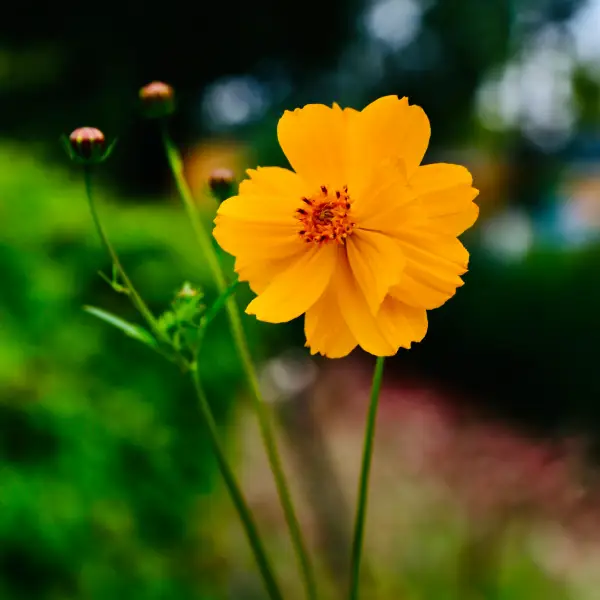

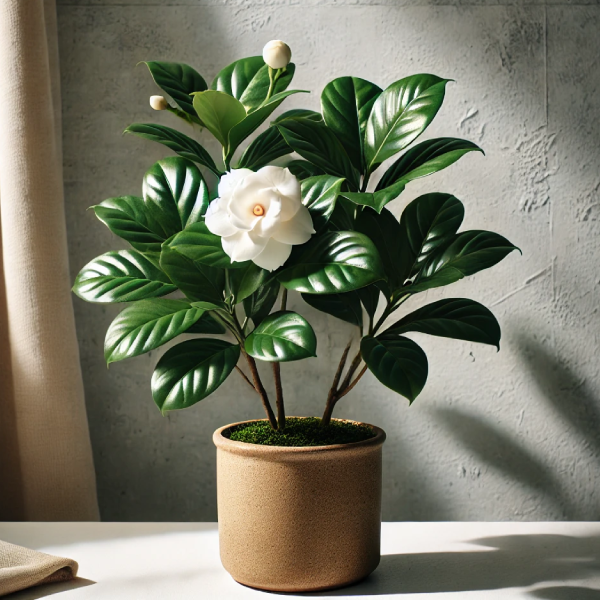
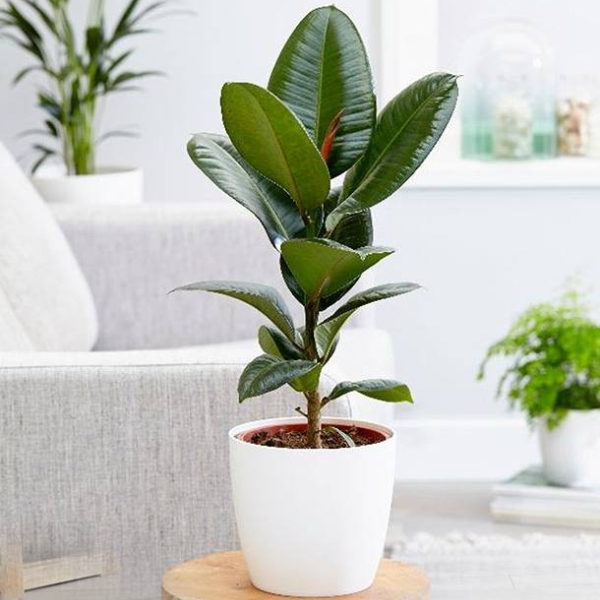
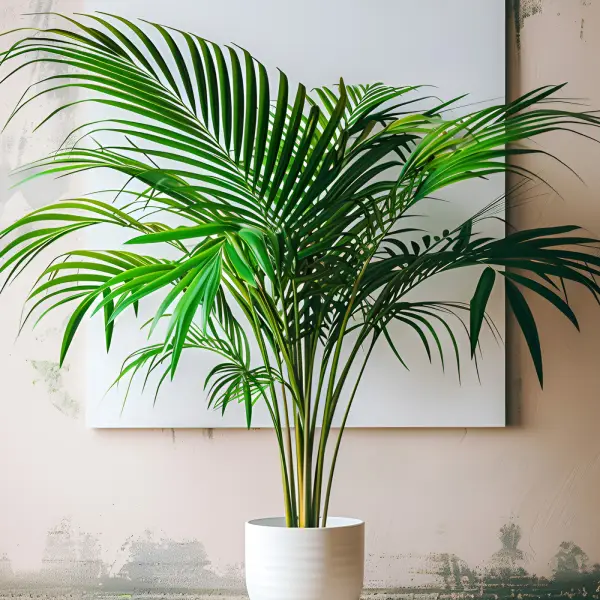
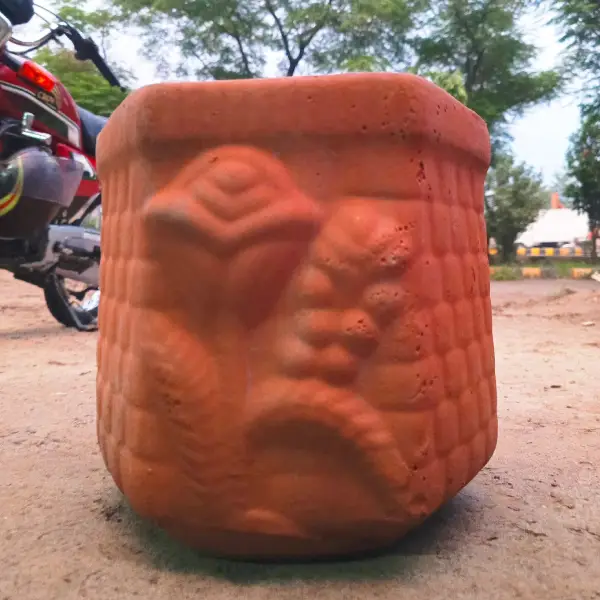
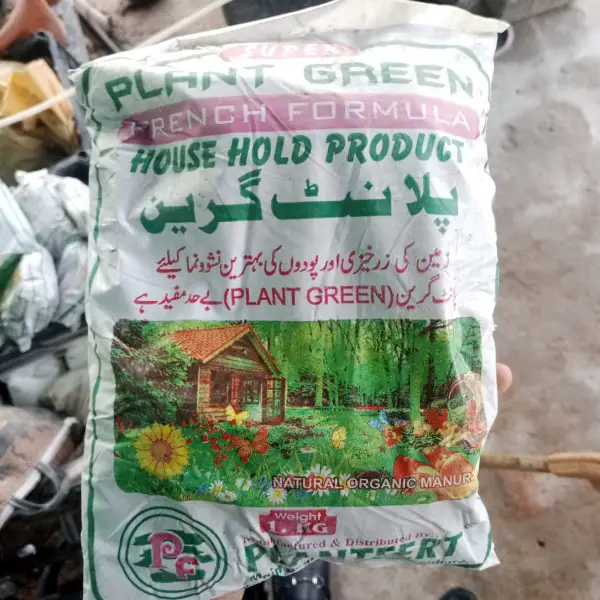
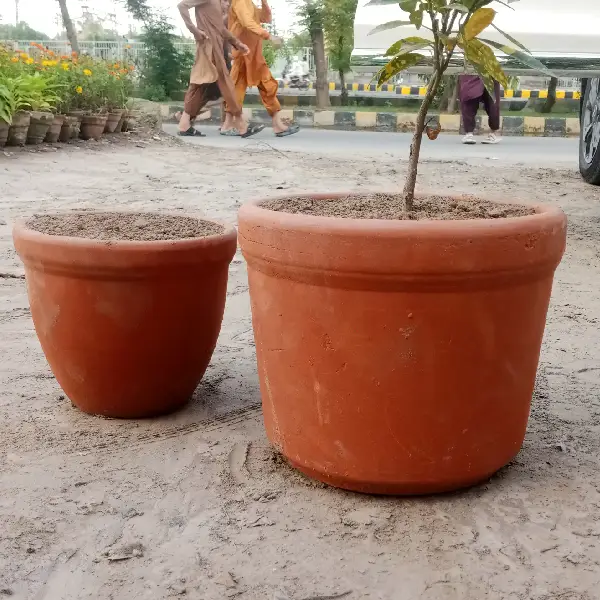
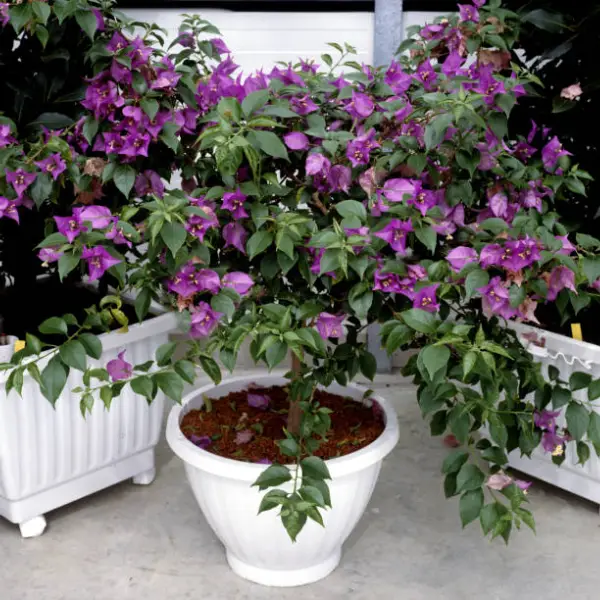
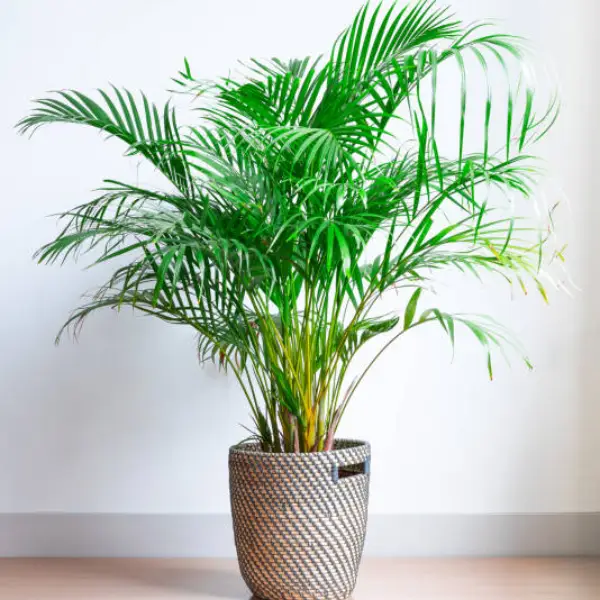
Reviews
There are no reviews yet.